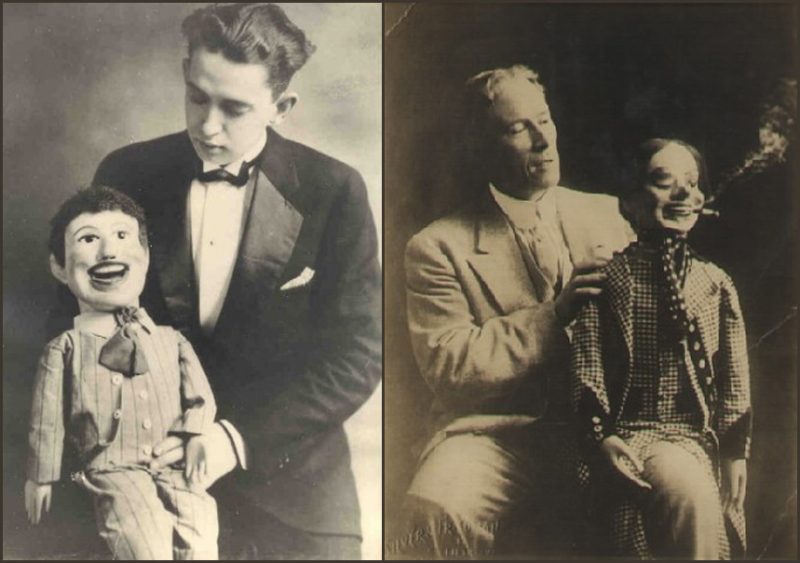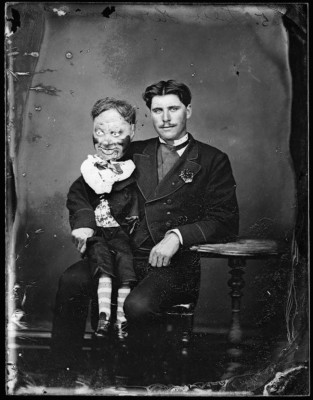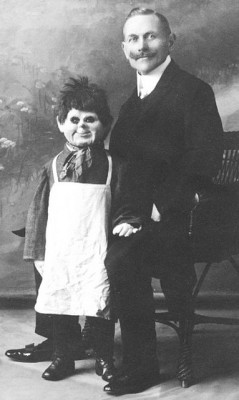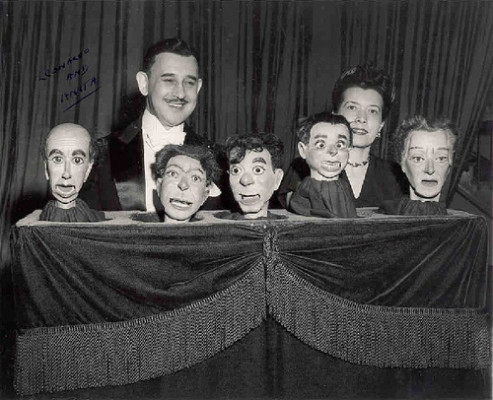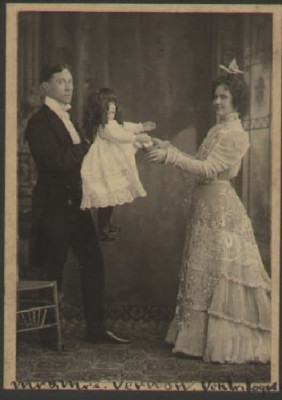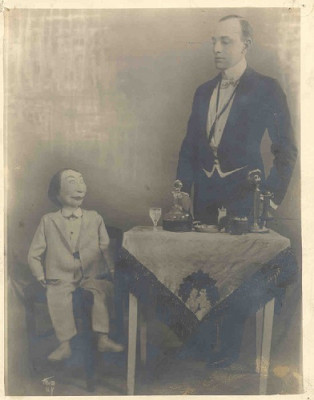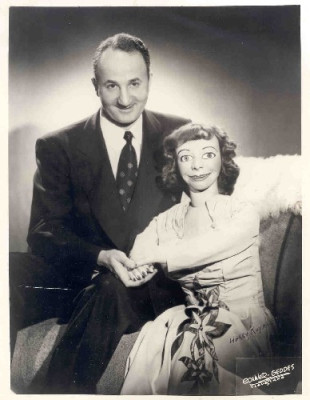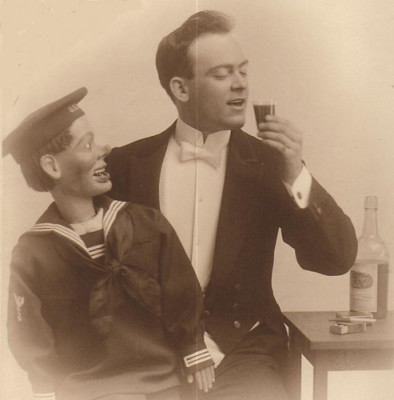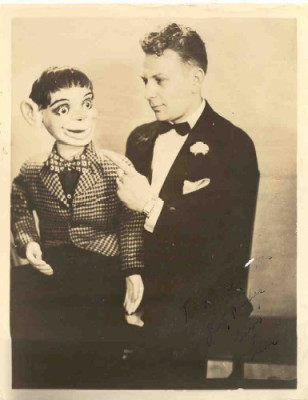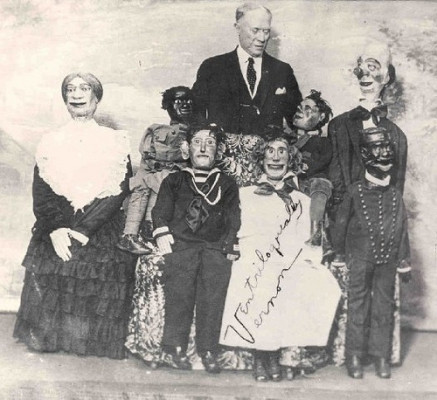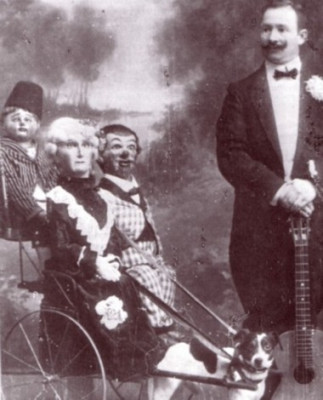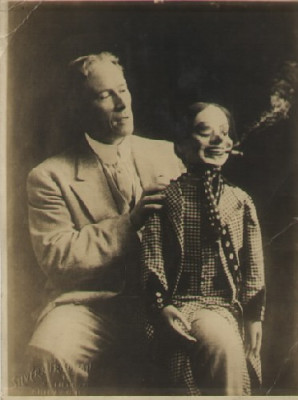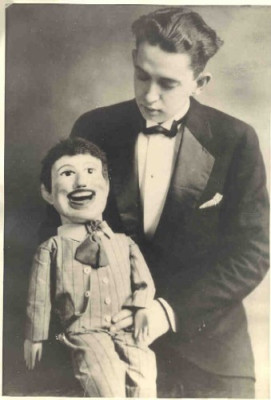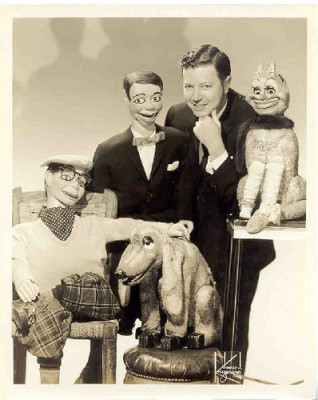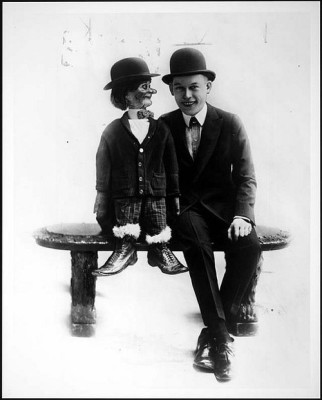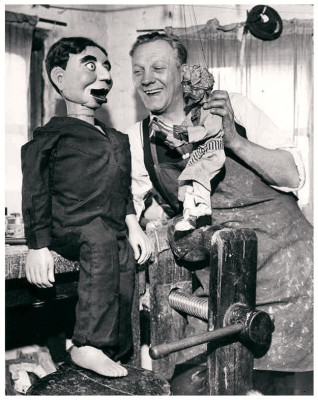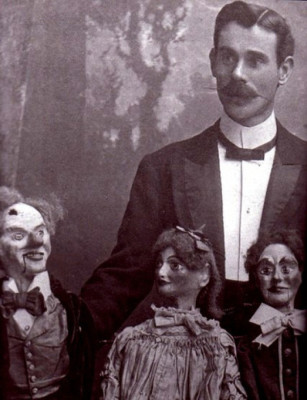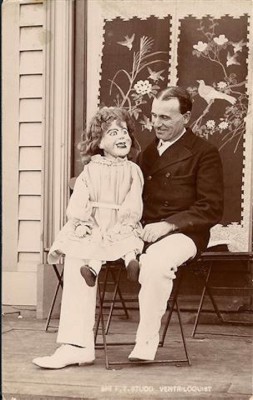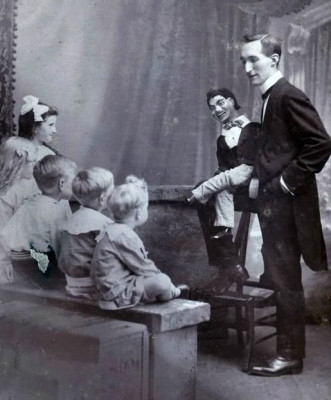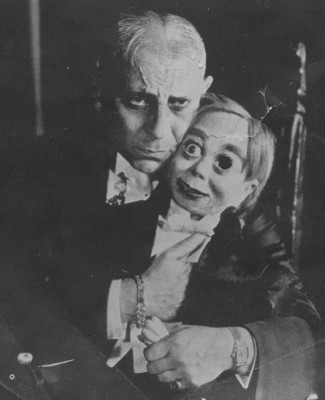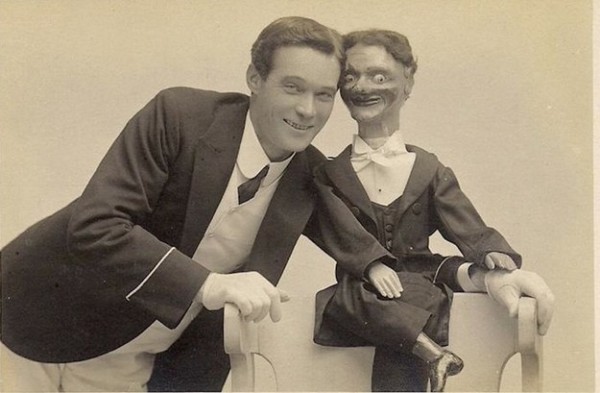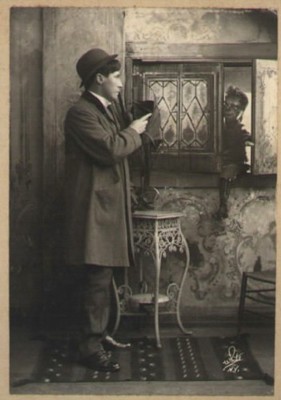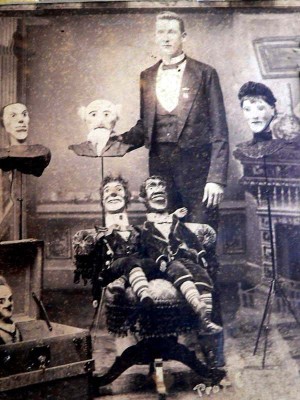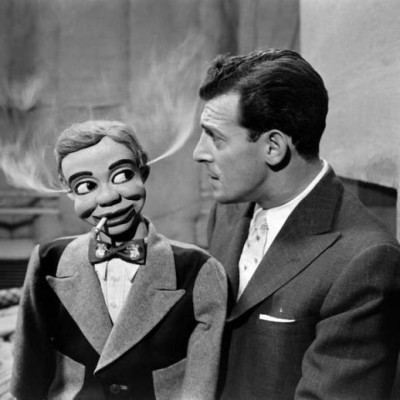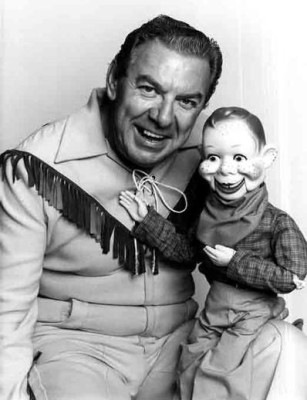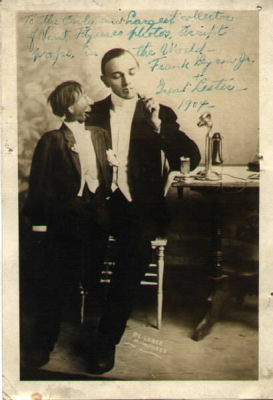Ventriloquism, or ventriloquy, is an act of stagecraft in which a person (a ventriloquist) changes his or her voice so that it appears that the voice is coming from elsewhere, usually a puppeteered “dummy”. The act of ventriloquism is ventriloquizing, and the ability to do so is commonly called in English the ability to “throw” one’s voice. A figure, or dummy, is commonly used by the ventriloquist to assist in the deception.
The act of ventriloquism as an entertainment starts back in the 18th century, but the history of ventriloquism as a practice has been around for thousands of years. Before it was entertainment, it was part of a mystic religious practice where divined individuals would imitate the departed spirits. Just to get the picture, the Greeks built a temple at Delphi in the sixth century B.C. and the earliest record of ventriloquism being used was at this temple. Greek oracles spoke to Apollo through his priestess Pythia. Pythia would stand as if in a trance, mouth still, as words came from the sky or out of a sacred stone, a relatively easy deception for a ventriloquist. The noises produced by the stomach were thought to be the voices of the unliving, who took up residence in the stomach of the ventriloquist. The Greeks called it “gastromancy”, referring to the use of the diaphragm to project a voice without moving the lips.
However, it wasn’t until the 18th century that ventriloquism became a source of amusement. Ventriloquists, along with other entertainers, were often demonstrating their performances at pubs, parks, races, fairs or on the street and adopted a comedic presentation. There were dancers, singers, acrobats, clowns, magicians, fire eaters, sword swallowers and, of course, ventriloquists.
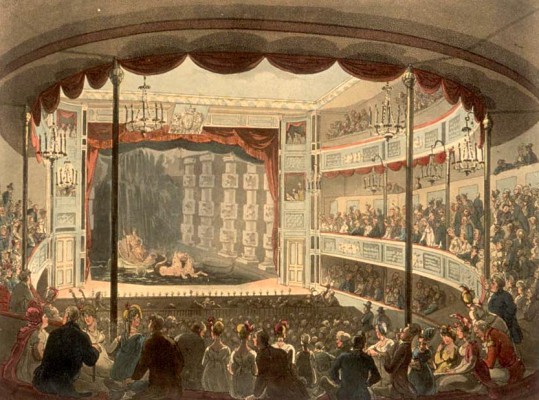
In 1796, the Saddler’s Wells Theater in London engaged the services of a ventriloquist with a wooden leg by the name of Joseph Askins. Within the next two weeks, he became a hit and was then known as the man with one leg and 2 voices. Today, he is known as the first ventriloquist to perform in a theatrical auditorium.
The early 19th century began the golden age of ventriloquism. After being a mysterious and rare phenomenon for centuries, ventriloquism rather suddenly evolved into a subject of great public interest. Ventriloquists proclaiming their own rareness helped it maintain its place as popular entertainment. Near the end of the 19th century, ventriloquism became a very popular stage act and created popular ventriloquists with international fame. So much so that some were travelling all around the world to perform, one of them being a comedian named Fred Russell. He began performing his hobby in public in 1882. In 1886, he turn the hobby into a permanent profession when he was granted an engagement at London’s Palace Theater. Russell developed the now-familiar technique of using a doll to engage in back-and-forth conversation. In all of his shows, he would perform with only one dummy by the name of Coster Joe. Coster has greatly influenced the “big eyes, round cheeks, young boy” look of a modern ventriloquist dummy while the man alongside Coster influenced others to follow is footsteps such as Edgar Bergen and Paul Winchell. He is known as the “father of modern ventriloquism”.
Take a look at some of the most creepiest photos of ventriloquists and their dummies…
